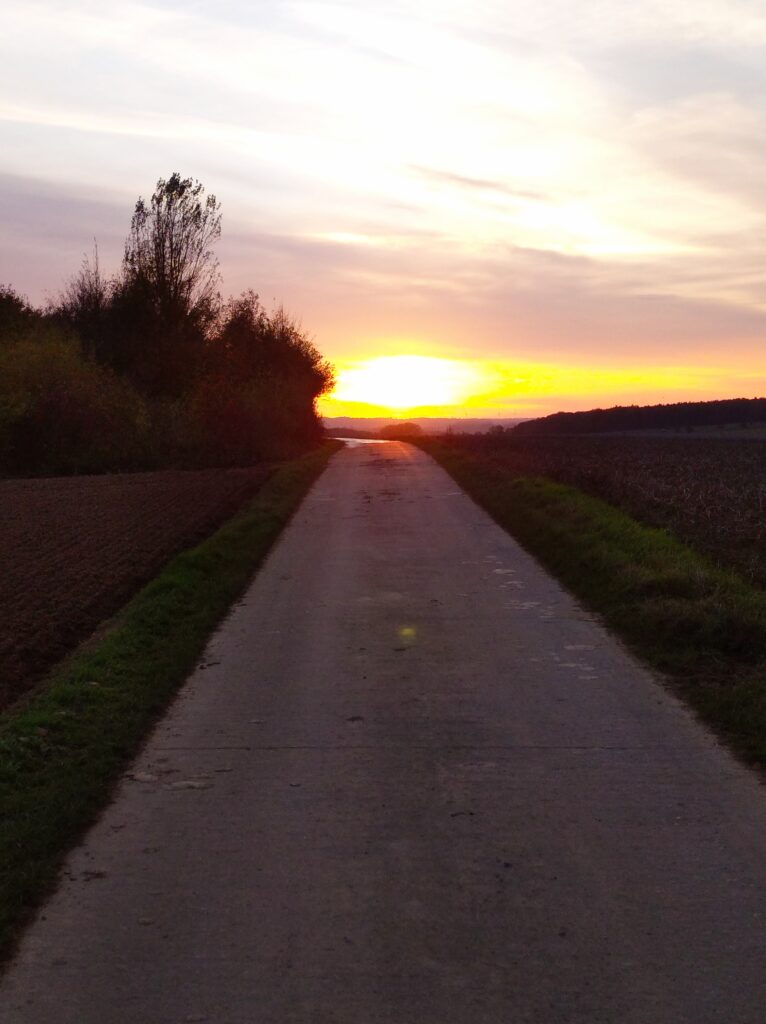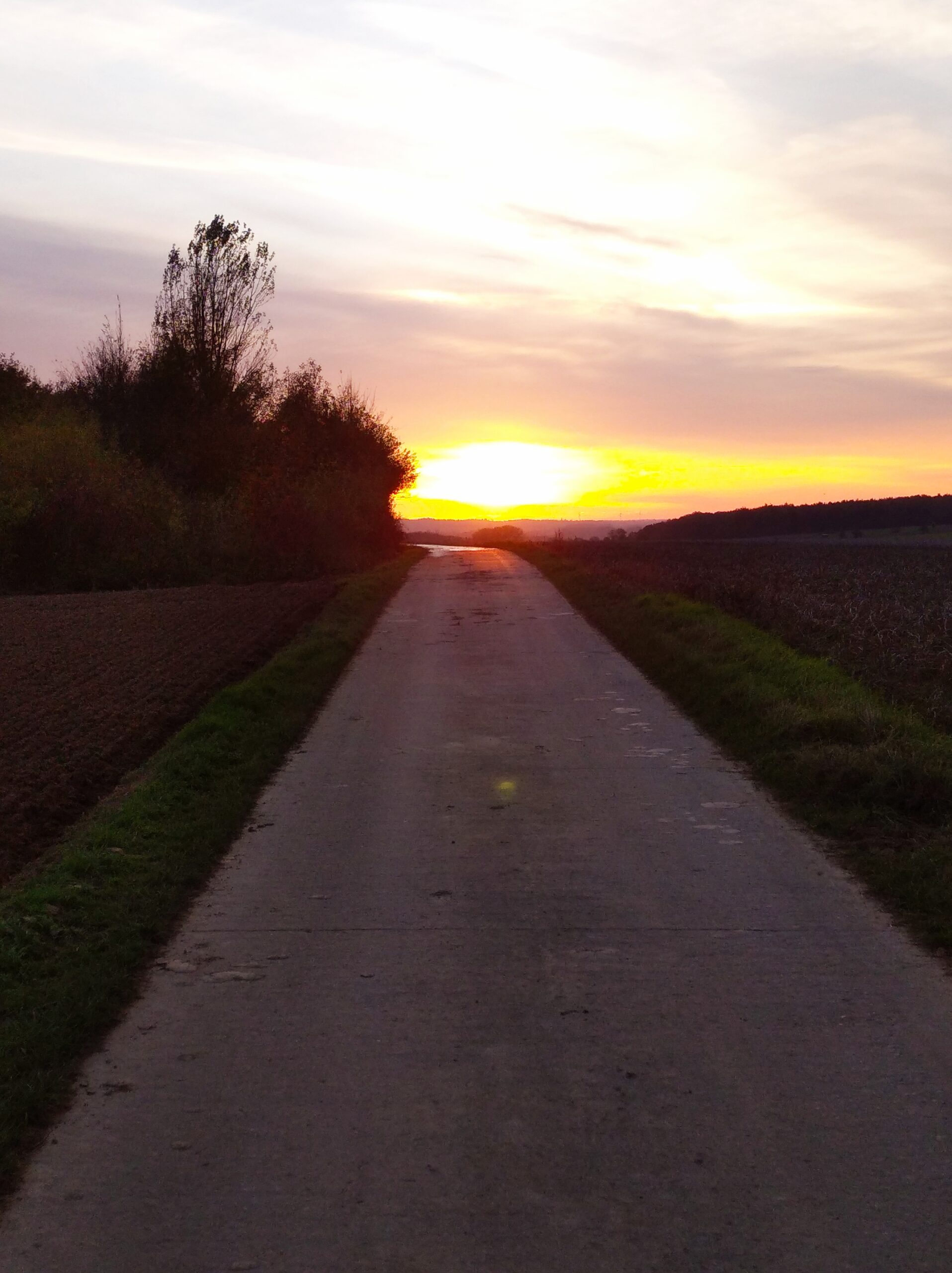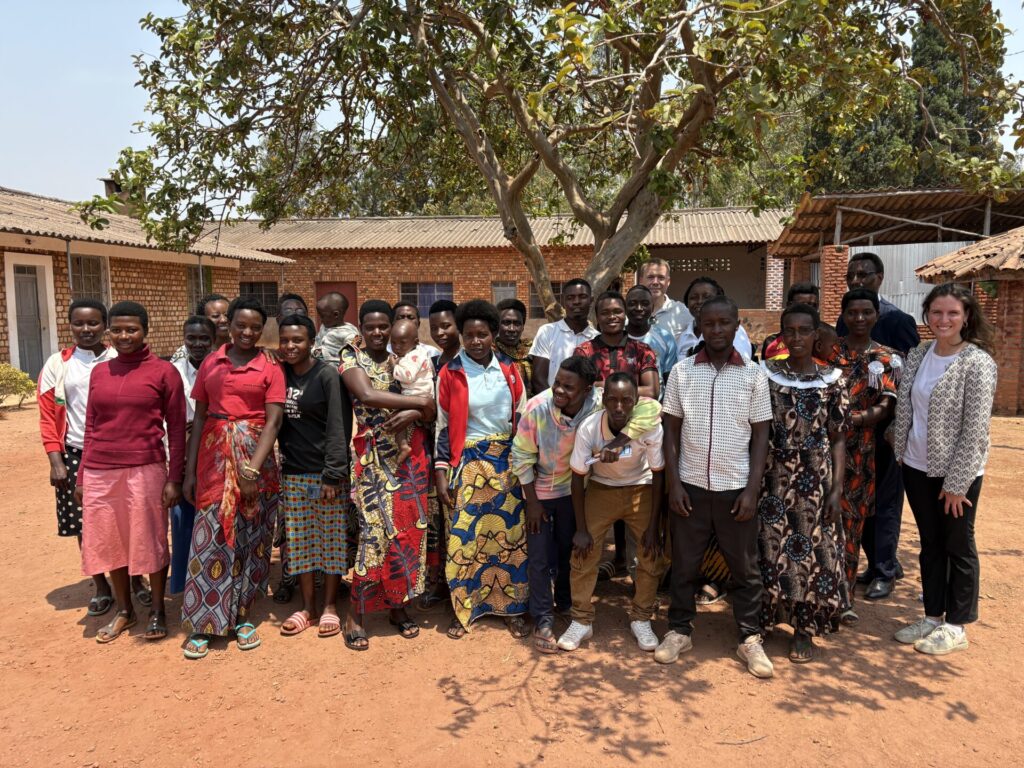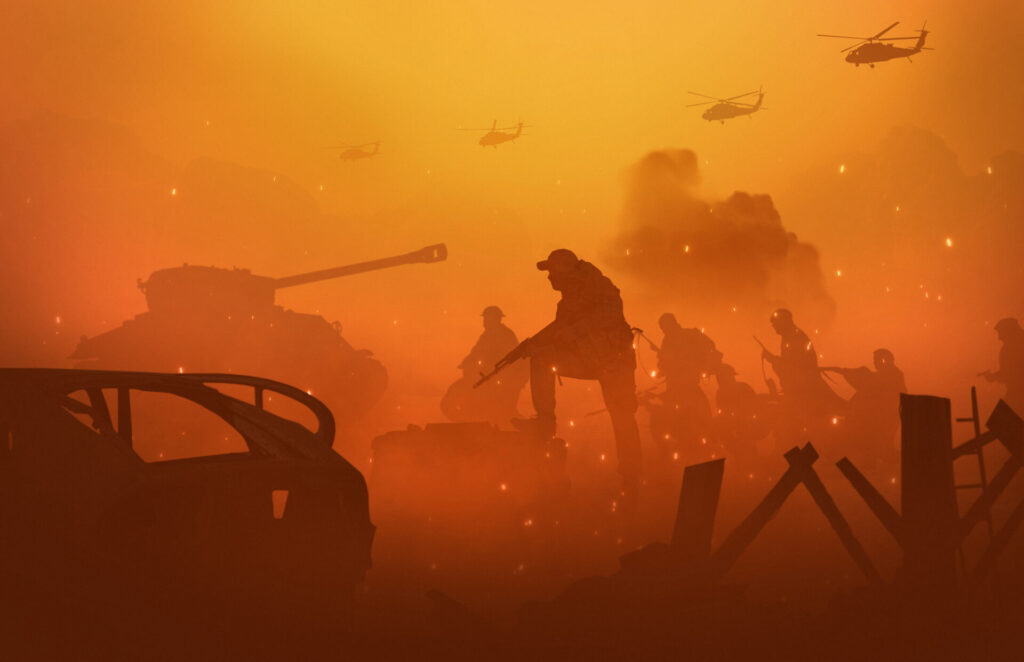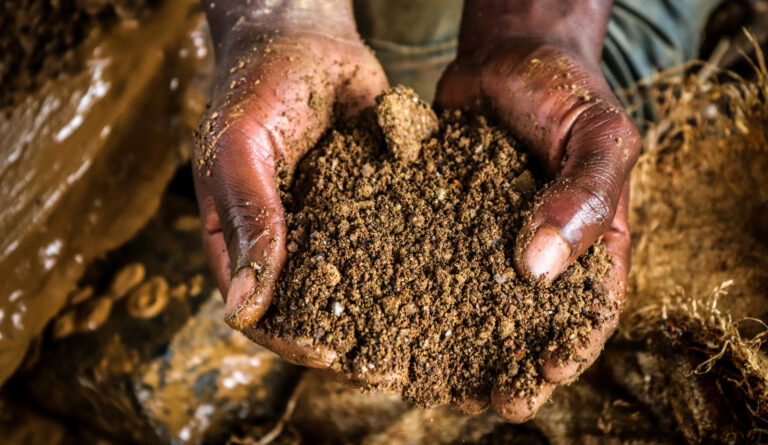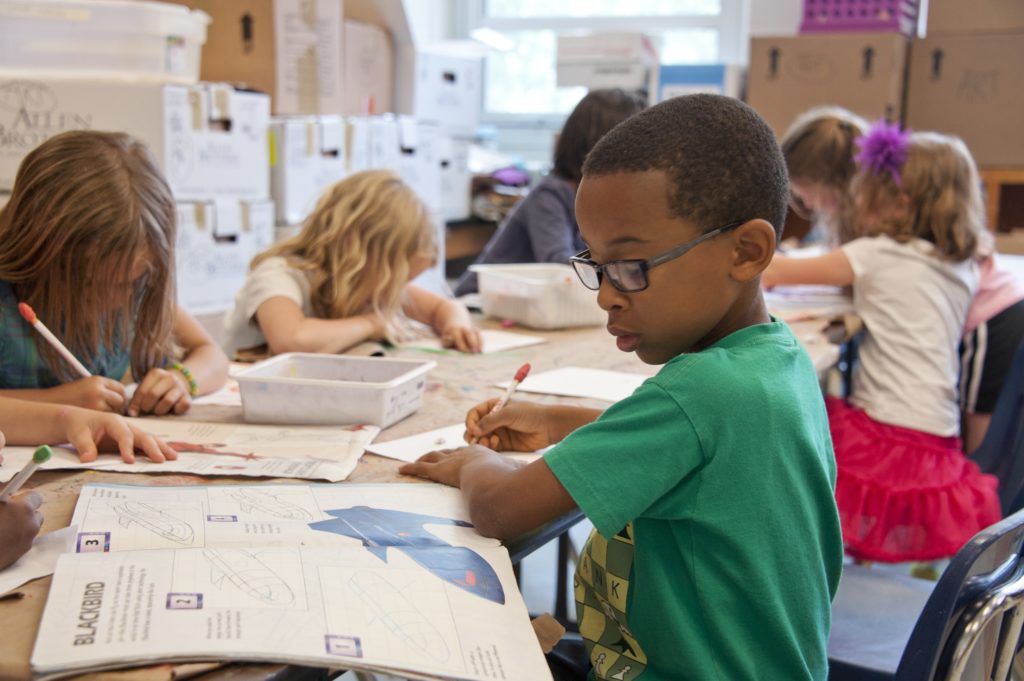
Summer 2019, a drought affects Belgium. A ballet of Flemish tractors disrupts the peace and quiet of a Walloon town. Prohibited from tapping watercourses in Flanders, farmers are forced to come and draw water a few kilometers upstream, in Wallonia. A Belgian story that risks repeating itself in the future…
This year again, spring was quite exceptional from a meteorological point of view: record sunshine, fairly mild temperatures, but above all very little precipitation. While the good weather may have pleased citizens who were able to invest in gardens and vegetable gardens, the situation was more difficult for farmers, lacking water to water their crops. The drought affected the entire country, so much so that Flanders feared a water shortage for the summer.
This is a situation that is repeated in our territory. For four consecutive years, Belgium has experienced meteorological droughts, characterized by significant rainfall deficits compared to climatic normals. When this happens for several months and repeatedly over several years, the soil struggles to recharge with water, the level of waterways drops, and the aquifers become empty. Water reserves are decreasing and the country is experiencing what is known as a hydrological drought. In such a situation, the water available for consumption becomes scarce, affecting several economic sectors such as agriculture, industry, but also energy production (water being used to cool power plants). Belgium actually has relatively few water reserves compared to its consumption, and is therefore considered at risk of water shortage. And it could get worse with climate change.
In fact, over the coming decades our country will experience an increase in temperatures as well as a change in rainfall patterns. Our summers will suffer from less precipitation. Climate models thus project an increase in the frequency and intensity of spring and summer droughts, which will be associated with a reduction in water resources available for consumption, which will make Belgium vulnerable to water shortages. [1] See the study “Evaluation of the socio-economic impact of climate change in Belgium” – VITO, July 2020. .
However, the risks of shortage do not affect the country uniformly. We observe strong disparities within the territory in terms of water reserves: during episodes of drought, Flanders is generally more affected than Wallonia by water shortages. There are multiple factors explaining this unequal geographical distribution.
The natural environment plays an important role. Indeed, the relief in the north of the country is characterized by low altitude plains, close to sea level. This is lower Belgium. Conversely, the center and south of the country have a more hilly terrain and are located at a higher altitude (middle and upper Belgium). There is therefore a larger land volume in Wallonia than in Flanders to capture and store water. It also rains more, the Ardennes relief receiving up to double the precipitation observed in the plains. Finally, the nature of the soils and subsoils differs greatly depending on the region: the soils of Lower Belgium, essentially sandy, do not retain water, whereas on the Walloon plateaus and reliefs, the soils are likely to retain it. any further.
The distribution of populations on Belgian territory also has an effect on the constitution of water reserves. The Flemish and Brussels Regions are densely populated and highly urbanized. While Wallonia has around 15 % of artificialized land, Flanders has double that. These impermeable surfaces prevent precipitation from seeping into the soil and recharging groundwater. Directly evacuated into the sewers, the collected water is directed towards the watercourses, destined for the sea. This much water will not be captured and stored on the territory.
Regional disparities in both the natural environment and land use therefore lead to a better capacity for Wallonia, compared to Brussels and Flanders, to capture precipitation, store it on the territory and thus maintain significant reserves of water. water.
However, in terms of consumption, it is the north of the country which dominates. More populated and more industrialized, Flanders needs more water than Wallonia to meet its needs. The observation is therefore striking: the north of the country is a large consumer of water but has few resources. Thus, when a period of drought sets in, the Flemish provinces are the first affected by water shortages and must quickly put in place restrictive measures, both for individuals (ban on washing cars, filling its swimming pool, etc.) as well as at the level of economic activities (restriction of irrigation in agriculture, for example).
This paradoxical situation generates flows: water drawn from regions rich in reserves must be transferred to regions which are devoid of them. We thus observe transfers from the South to the North: Walloon water catchments supplying the Flemish and Brussels distribution networks. There is therefore a dependence of Flanders and Brussels on the Walloon region regarding water supply. The highly urbanized Brussels region is almost entirely dependent on Walloon waters.
This dependence has a political aspect because water management is regionalized. Since the 1970s, the regions have been responsible for managing the quantity and quality of water on their territory. Thus, divergences in water management policies can give rise to political tensions.
This was particularly the case in the 1980s, when Wallonia planned to tax its water exports to Flanders and Brussels (“A tax […] is collected when water […] taken or collected in the Walloon Region is transferred outside the Region” – extract from art.32 of the Walloon decree [2]Extract from art. 32 of the Walloon decree of 07/10/1985.). This was part of a political desire to strengthen its economic independence within the country. In this project, condemned at the time by the Court of Arbitration and therefore finally abandoned, Wallonia appropriated drinking water and treated it as an economic and therefore marketable good, in opposition to the Belgian Civil Code, which considers water as a common good for all [3]CRISP study published in 2001: “Water management in Belgium. Historical analysis of institutional regimes (1804-2001)”..
There may also be tensions between economic sectors, resulting from competition for the use of the resource. For example, in order to limit its water dependence on the south of the country, Flanders wants to draw more from its waterways to ensure a supply of drinking water. One of the main sources is the Albert Canal, a major economic axis in Belgium, linking Liège to Antwerp. An increase in water withdrawal from this canal, combined with a period of drought, could cause a considerable drop in the water level, to the point of having a strong impact on the navigability of the canal and therefore harming river transport and economic activities. who depend on it [4]Aubry Touriel,“Flemish water (exhausted) from the Albert Canal“, Médor, 03/03/2020..
We can therefore easily imagine that with climate change, the fear of water scarcity rekindles tensions within Belgian political institutions and economic sectors. But perhaps it is possible to follow the path of political coordination for more efficient water management?
Public authorities must today respect the European Union's water framework directive. One of the measures is the establishment of integrated management within hydrographic basins (territories drained by rivers), that is to say water management at the border level. natural. Belgium being thus located within several international hydrographic districts (mainly those of the Meuse and the Escaut), the Belgian authorities are required to cooperate with each other and coordinate water management with border states. We should therefore see it as a source of cooperation rather than conflict.
The European Union Water Framework Directive (see European legislation)
In force since 2000, it establishes rules to put an end to the deterioration of the state of water bodies and achieve “good status” of rivers, lakes and groundwater in Europe.
It considers that water is not a commercial good like any other but a heritage that must be protected, defended and treated as such.
These include protecting all forms of water, restoring ecosystems, reducing pollution and ensuring sustainable water use.
Over the coming decades, water will become more than ever a precious resource in our regions. It is to be hoped that effective coordination between responsible authorities will lead to sustainable water management, protecting reserves and guaranteeing access to quality water for all.
This scarcity must also lead us to reconsider our own relationship to water as a person. [5]Timur Uluç, “ Access to water as a human right: the last straw? », Justice and Peace, 2018.. Obviously with regard to our direct consumption (vital and hygienic necessity); but also with regard to our indirect consumption. A large majority of our material (clothing, smartphone, etc.) and intangible (energy, digital consumption) products are dependent on the water supply. It is therefore also our responsibility to question production methods and consumption needs, in order to respect this natural resource.
Guillaume Bossuroy.
Attachments
Notes[+]
| ↑1 | See the study “Evaluation of the socio-economic impact of climate change in Belgium” – VITO, July 2020. |
|---|---|
| ↑2 | Extract from art. 32 of the Walloon decree of 07/10/1985. |
| ↑3 | CRISP study published in 2001: “Water management in Belgium. Historical analysis of institutional regimes (1804-2001)”. |
| ↑4 | Aubry Touriel,“Flemish water (exhausted) from the Albert Canal“, Médor, 03/03/2020. |
| ↑5 | Timur Uluç, “ Access to water as a human right: the last straw? », Justice and Peace, 2018. |
